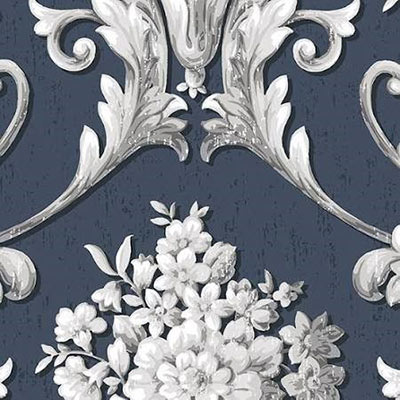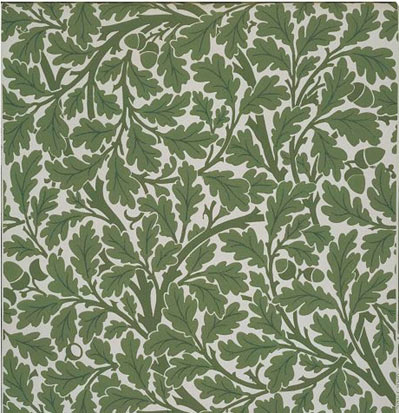Bonus Material: Wallpaper Wars
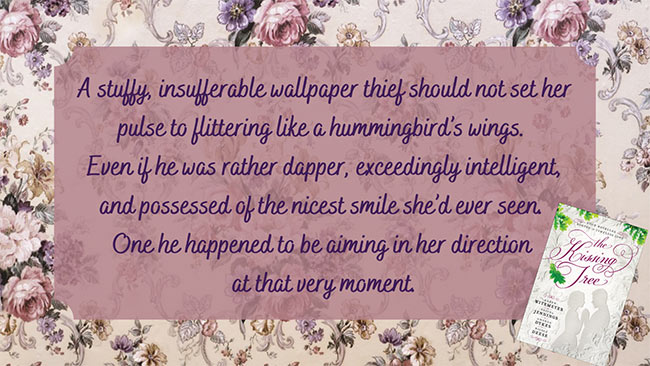
The Victorian era is famous for its busy, floral designs. Ornate, scrolled woodwork on furniture. Delicate porcelain figurines on mantles and shelves. Fringed table toppers and tatted doilies everywhere you look. Dusting day must have been a nightmare!
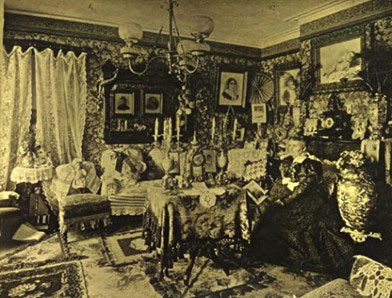
One of the most pervasive trends, however, was wallpaper. Explosions of flowers, cupids, and feathers upon the walls of parlors, bedrooms, and dining rooms. Understatement was not in the decorating vocabulary. As much as I love the Victorian era, I think I might have suffered from sensory overload in most wealthy homes.
Inn for Surprise (in The Kissing Tree), introduces Phoebe Woodward, an introverted dreamer with a romantic soul who is designing her Kissing Tree Inn as a couples retreat. Her romantic sensibilities get a mite carried away when it comes to selecting wallpaper. In her opinion, the more obviously romantic the design (cupids, lovebirds, flirting milkmaids) the better. Barnabas Ackerly is tasked with making sure the inn is a success, and he immediately recognizes the danger of these ostentatious wallpaper designs. Phoebe's taste is far too polarizing, especially if she wishes not to alienate the paying (male) half of her proposed clientele. Hence, a wallpaper war ensues.
This is one of Phoebe’s particular favorites:
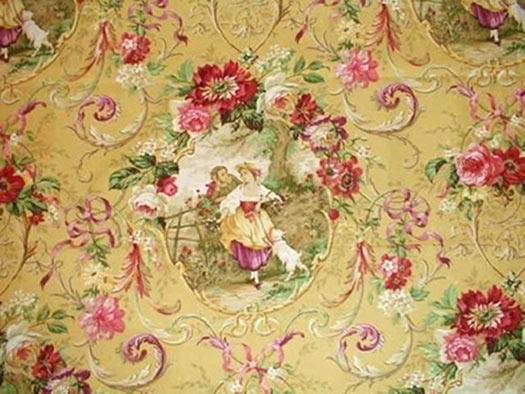
Barnabas favors a more subtle print that pays homage to the giant oak the inn is named after.
In the end, the two end up learning from each other. Phoebe comes to see the value in subtlety and Barnabas comes to appreciate a touch of flamboyance. In fact, when it comes time to choose the paper for her personal room, Phoebe ends up selecting this elegant pattern. The flowers and flourishes offer more understated romance, while the dark blue gray matches the eyes of the stuffy, insufferable wallpaper thief she fell in love with.
